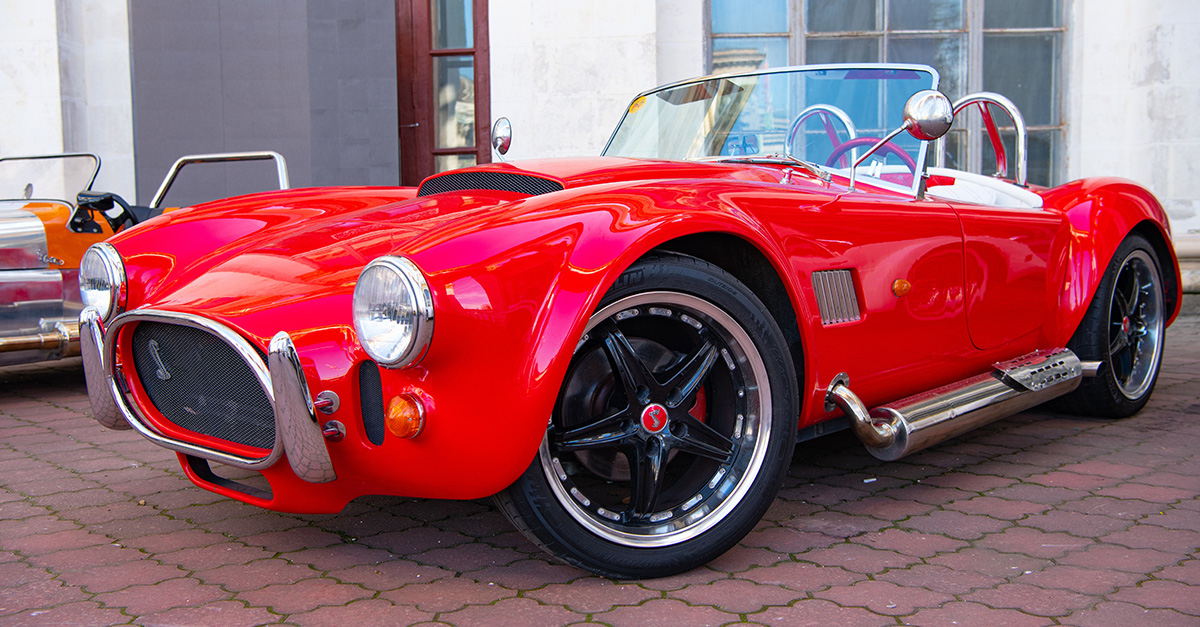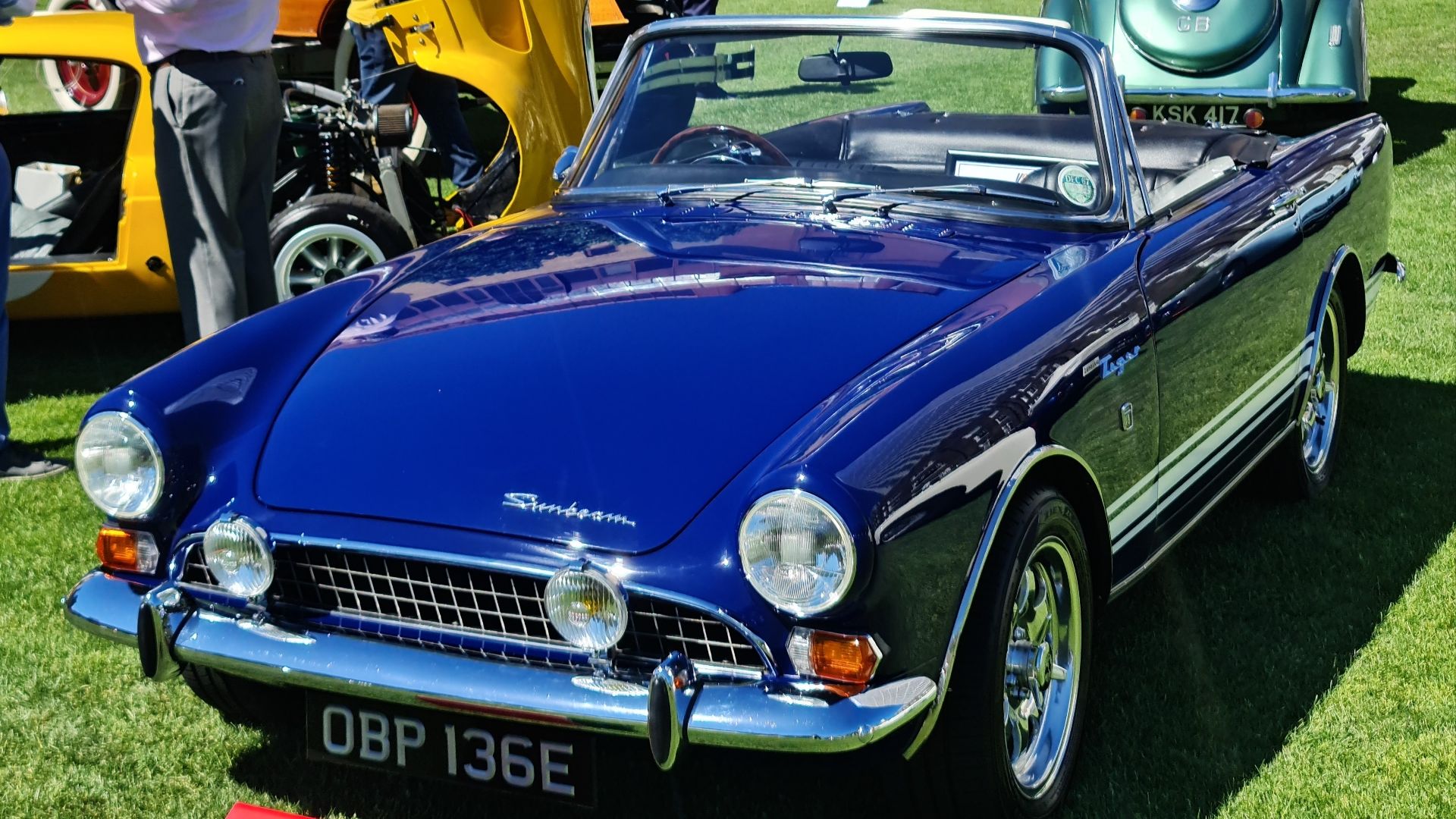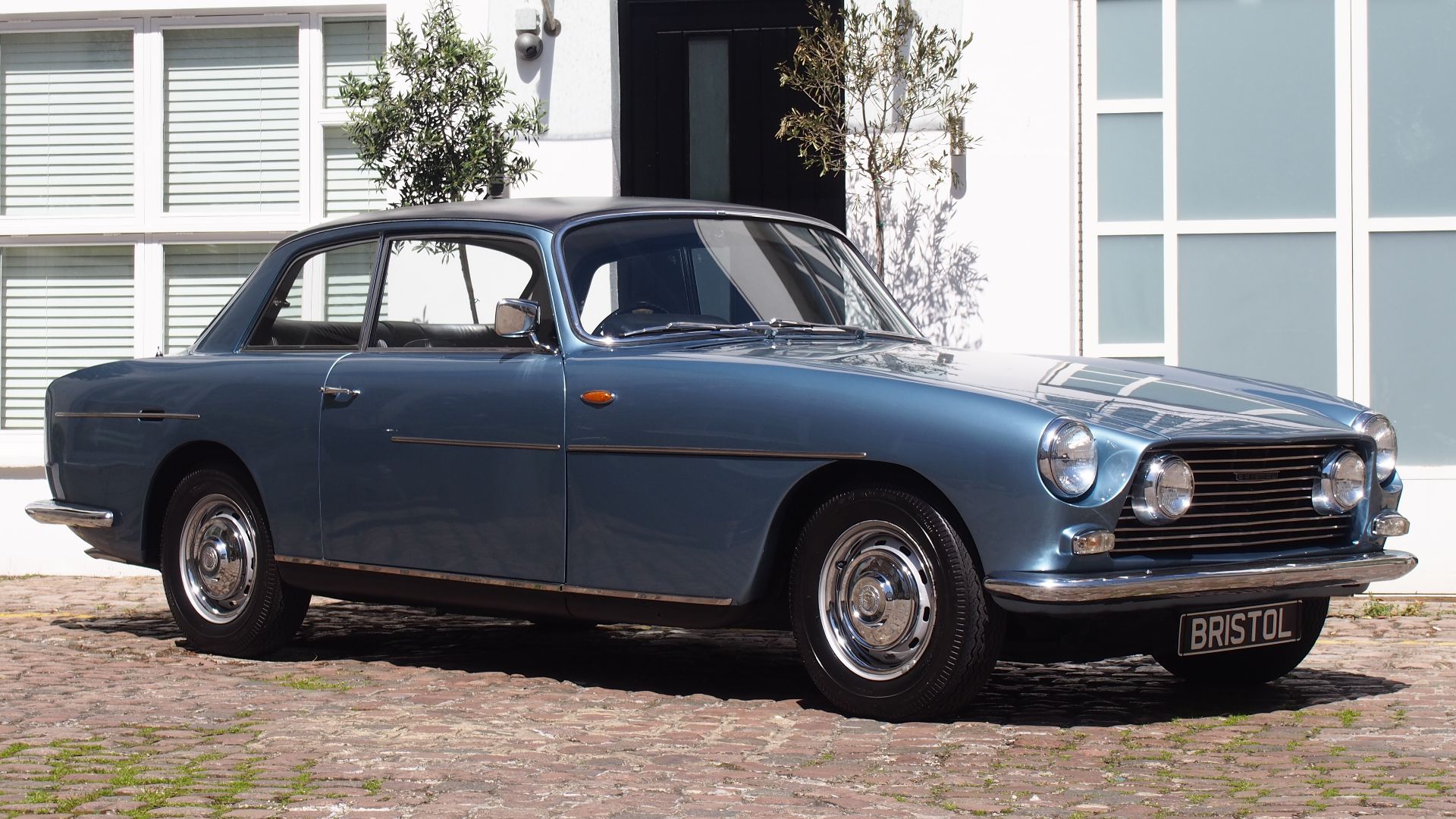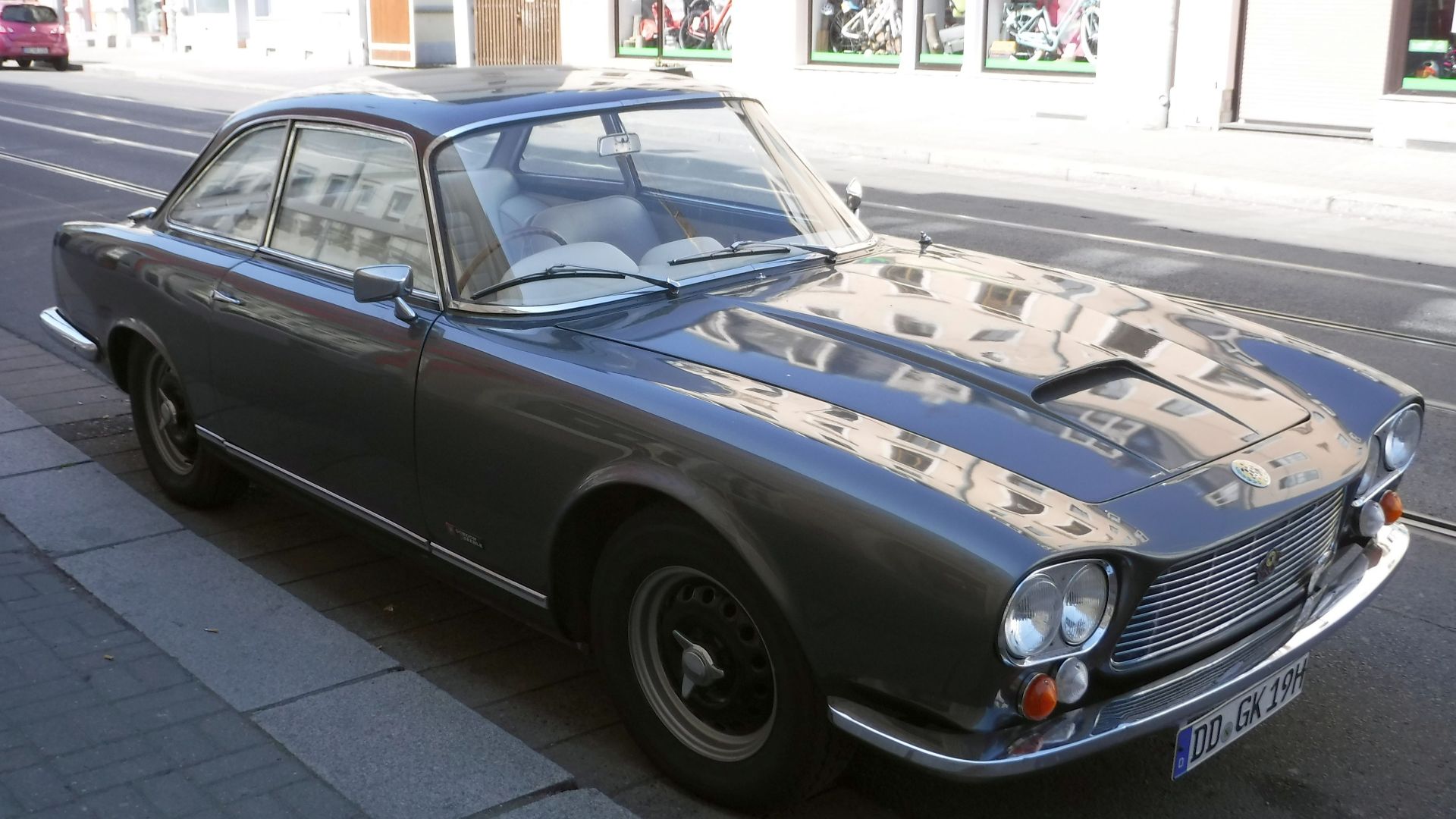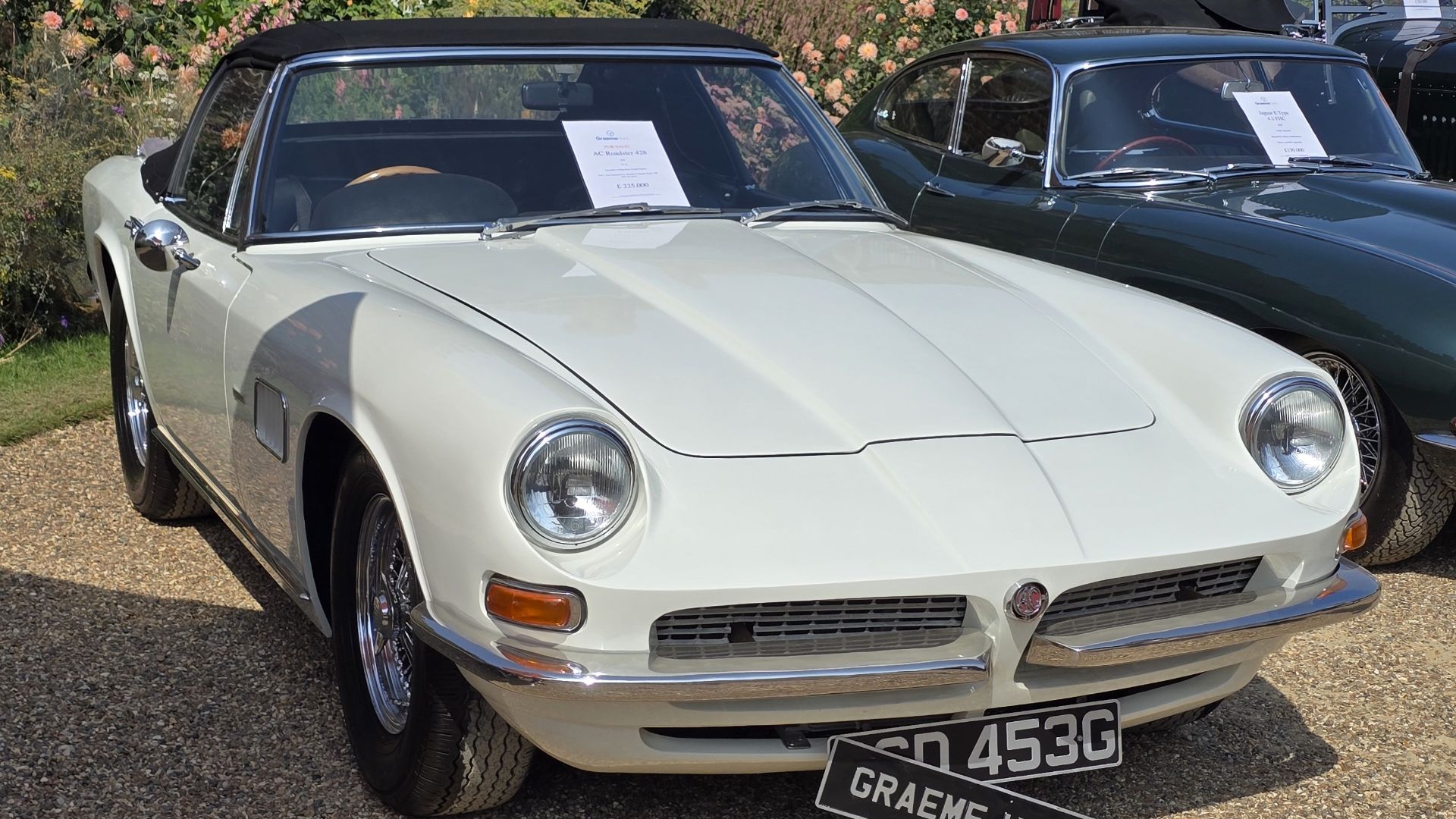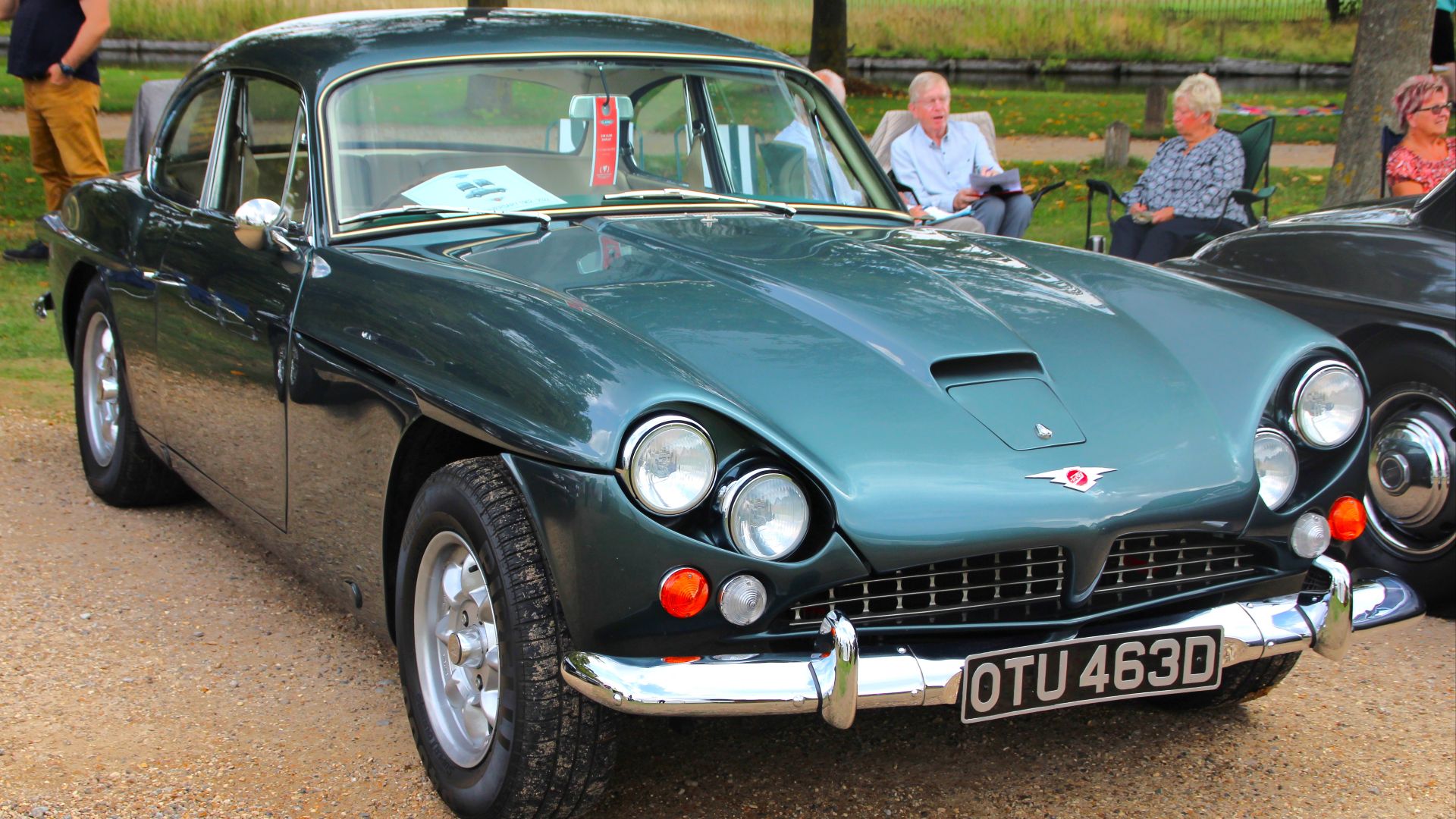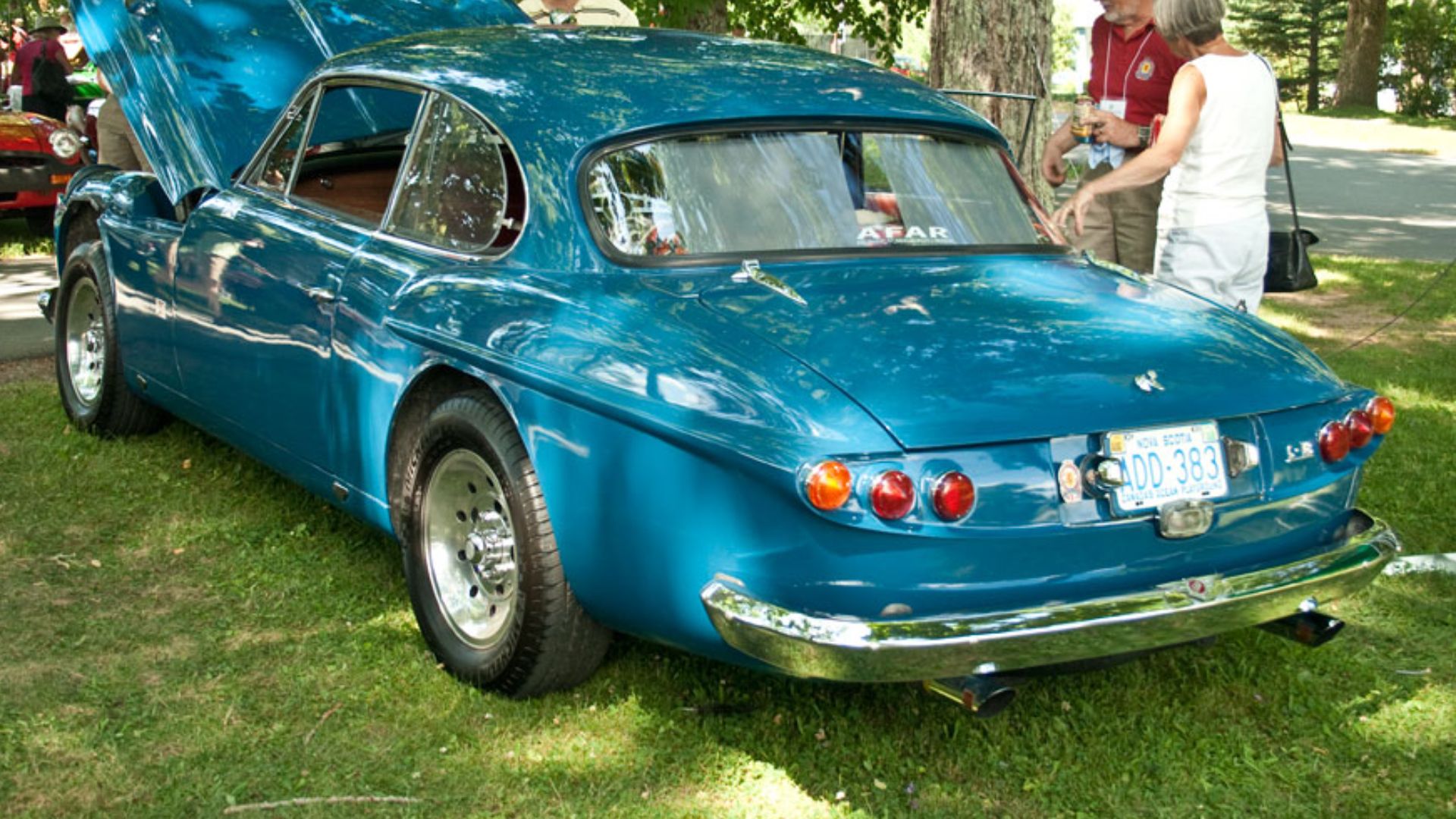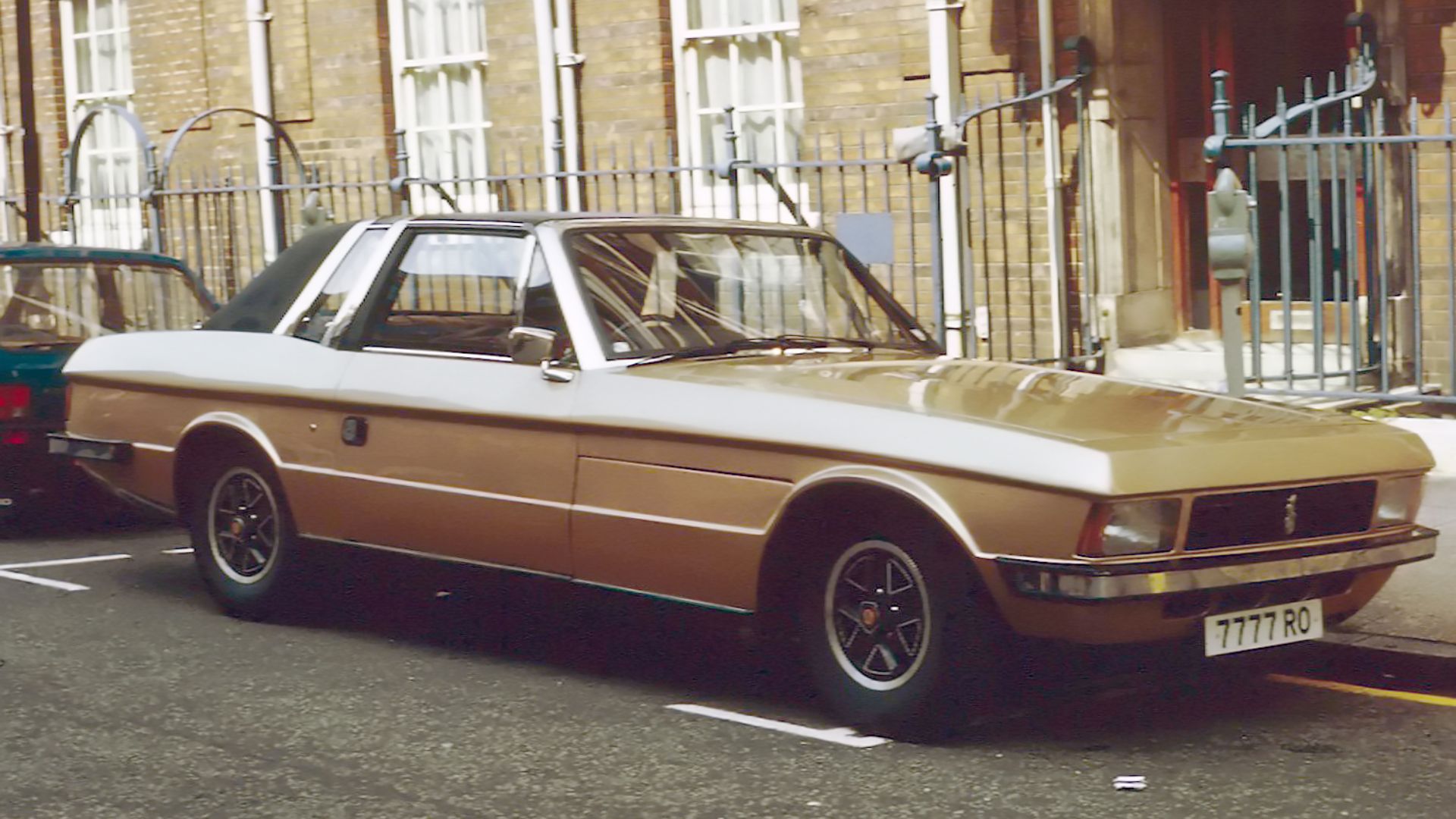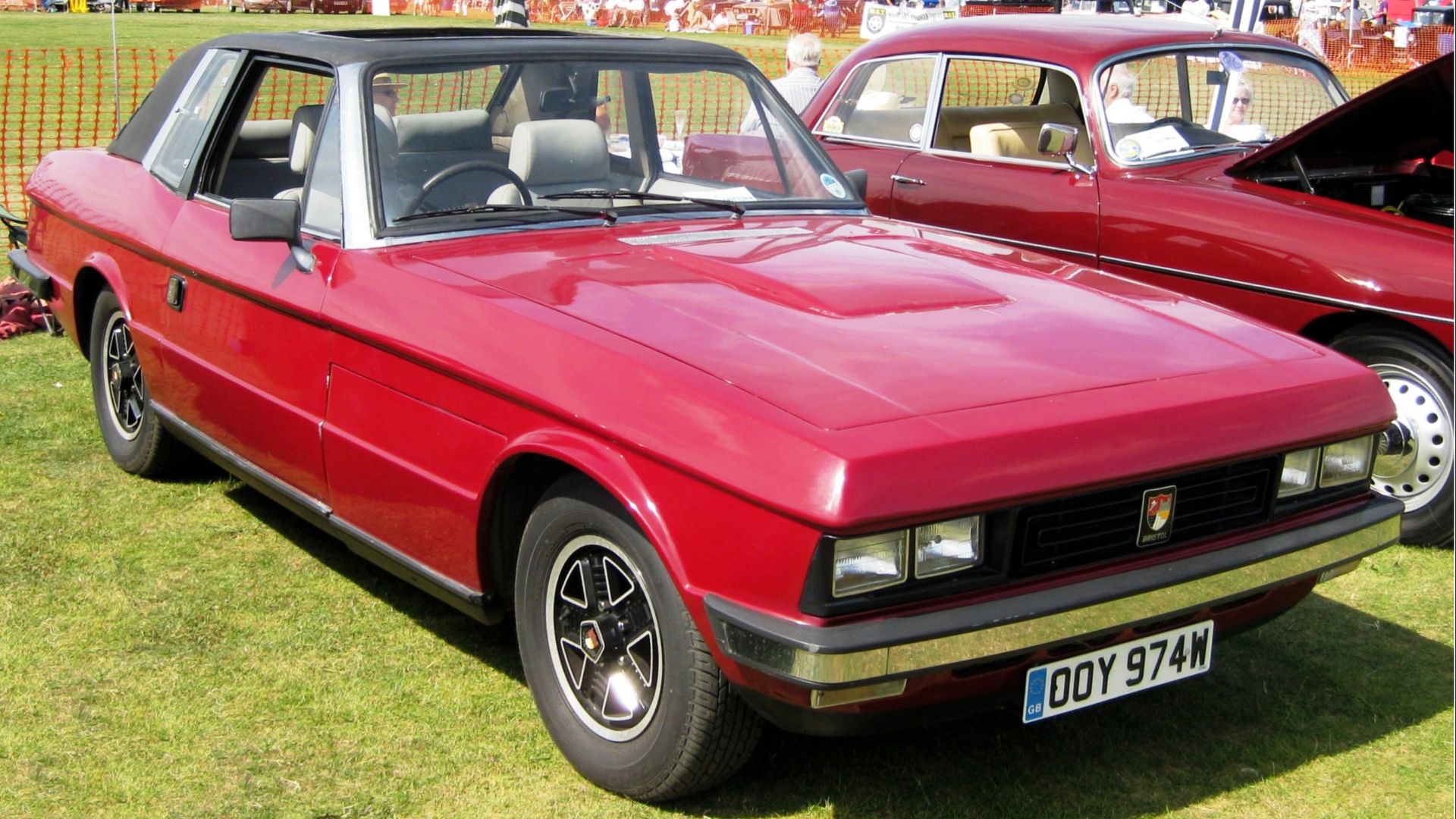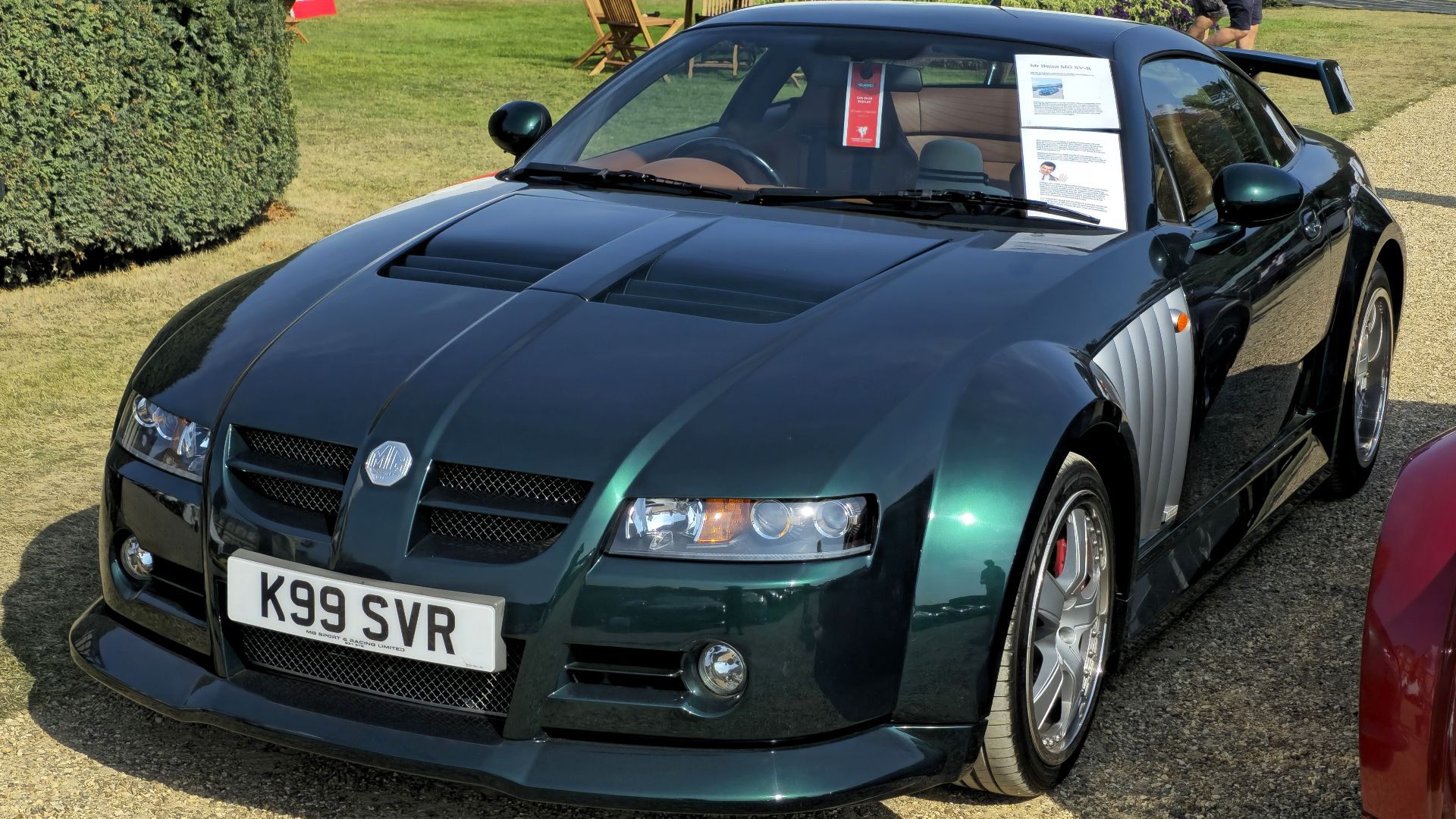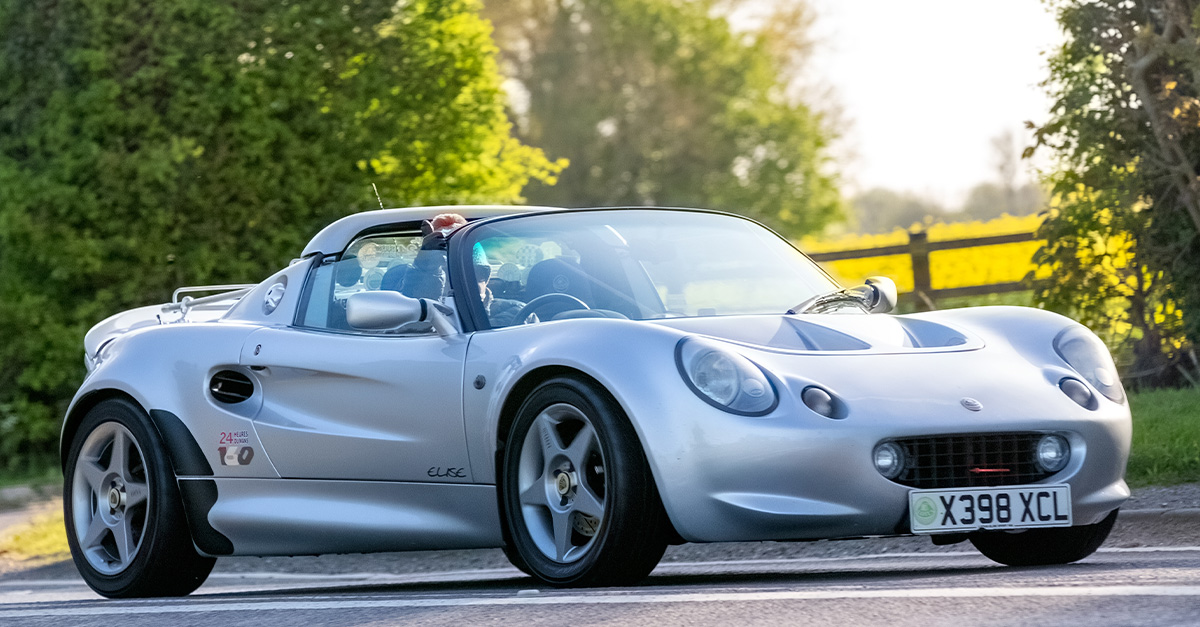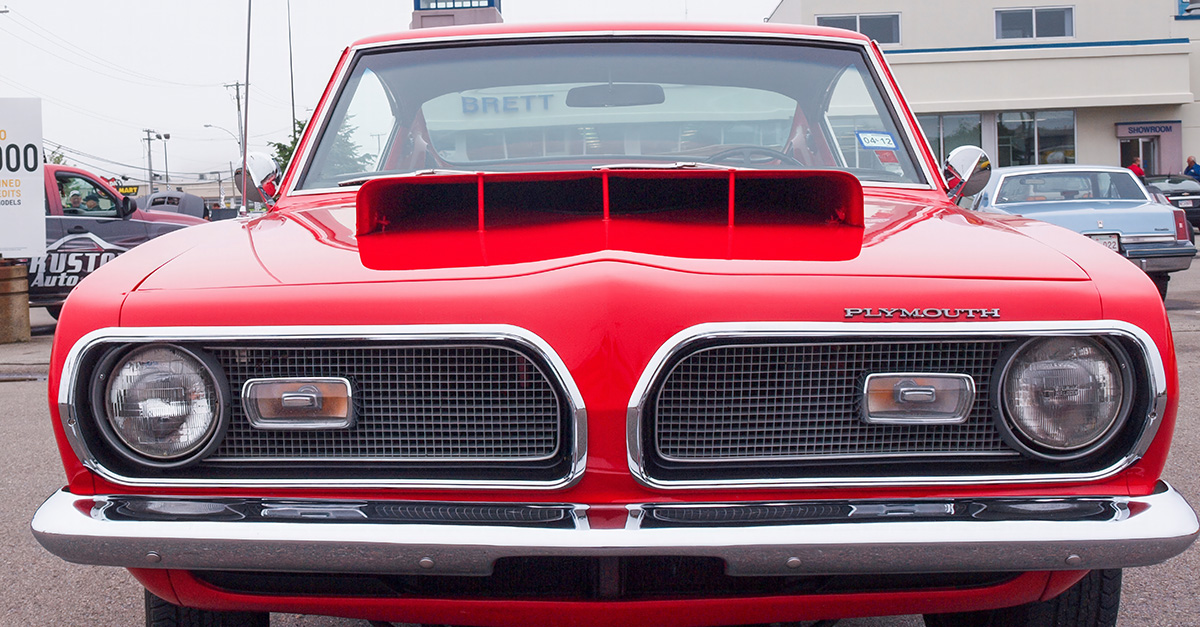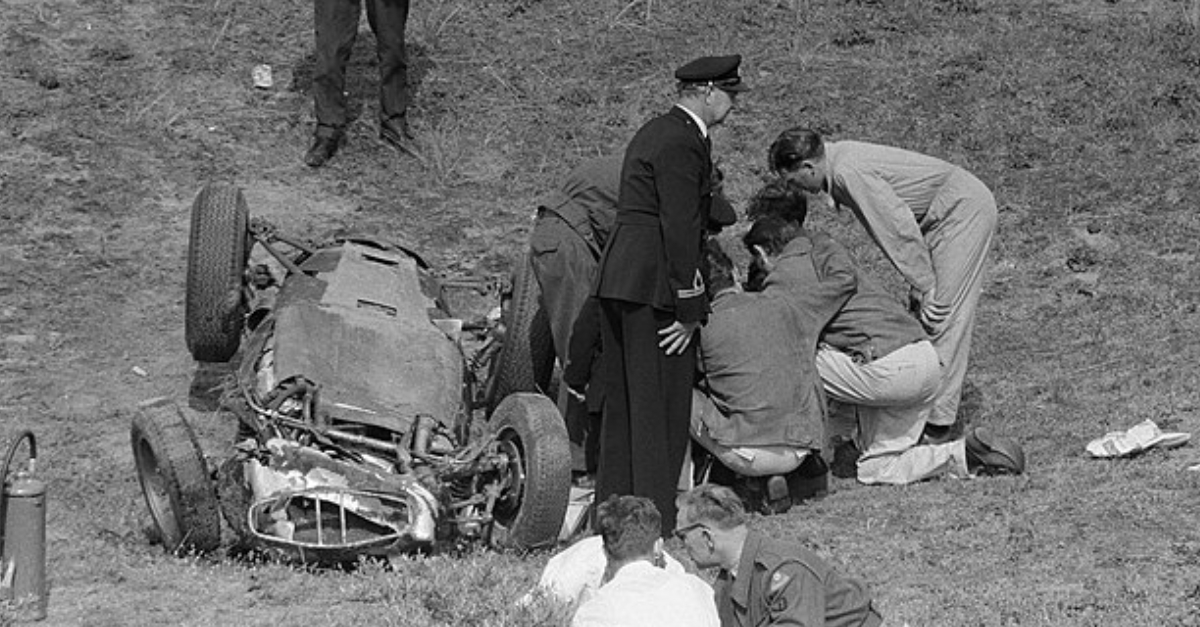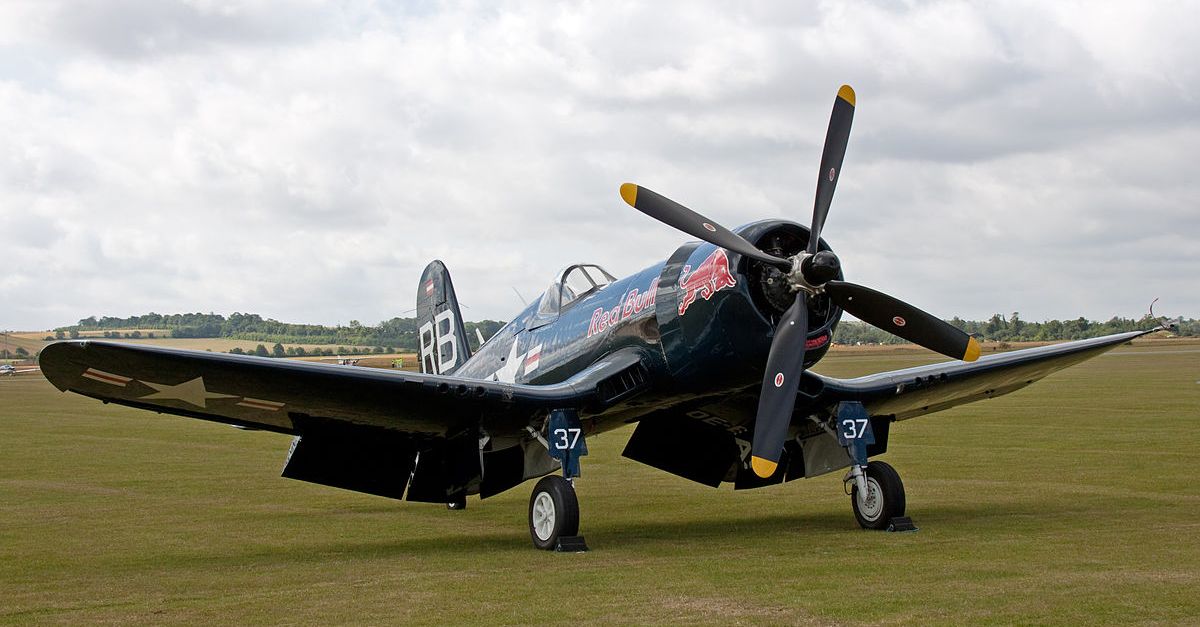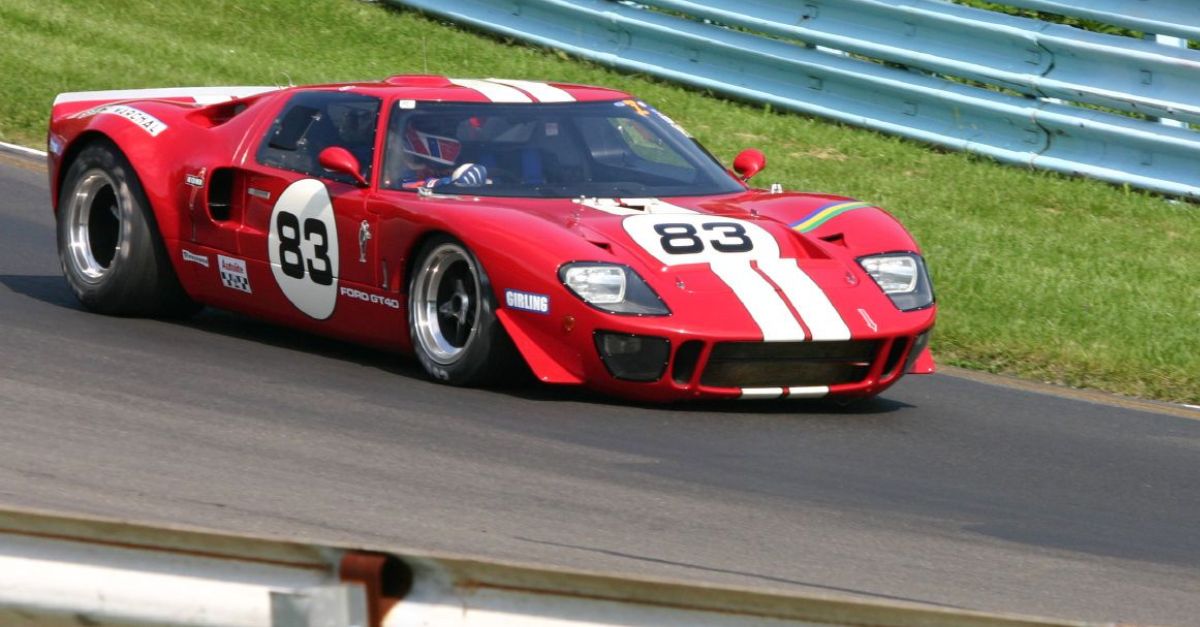Powered By America, Driven In England
Some of Britain's favorite classic cars were powered by the American-built V8 engine—which a Frenchman might have pioneered, but was first popularized in a Cadillac Type 51 road car, built in 1914 and released in 1915. Since then, despite being used in far greater numbers in the U.S. and much more popular in that market, several British cars have also been powered by the engine emblematic of American muscle. Let's explore the cars that America powered, but were driven in England.
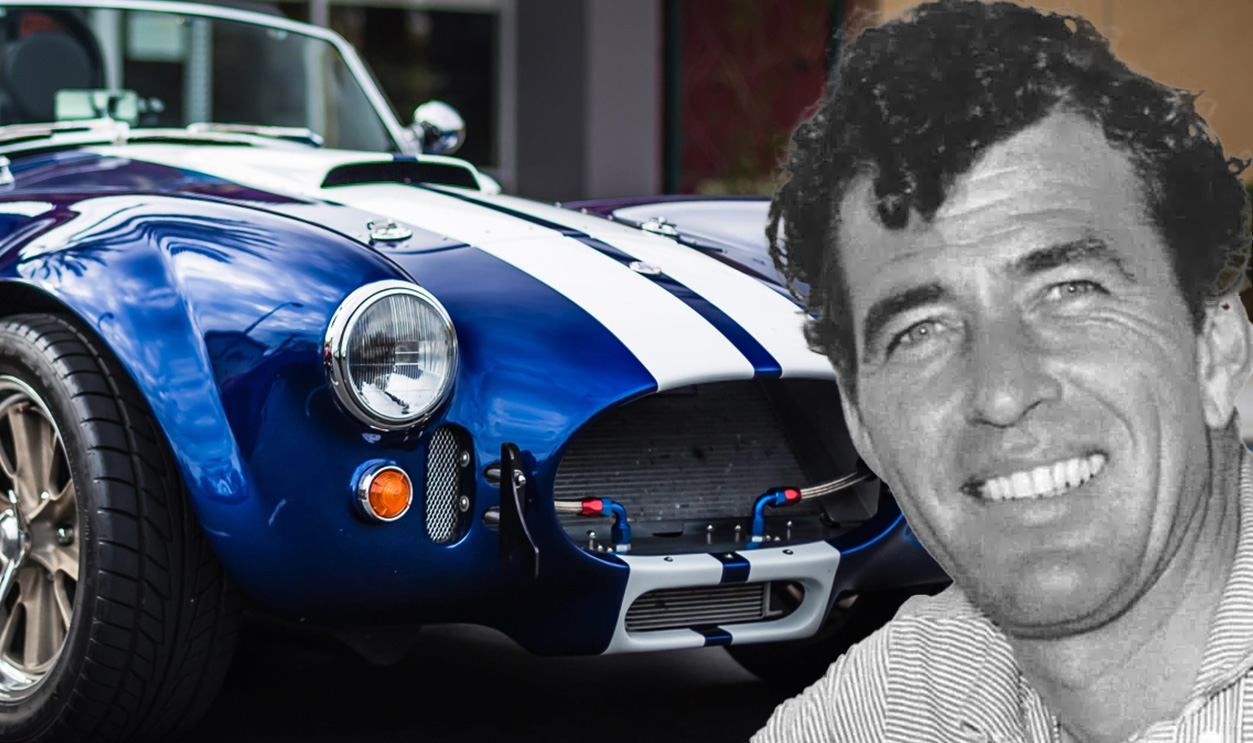
Where It All Began: The Cadillac Type 51
The Cadillac Type 51 was the first V8 engine to be placed in a mass-produced car, despite the first V8 engine being produced in 1905 in a Rolls-Royce. The Type 51 Cadillac replaced the four-cylinder Model 30 with a 5.1L V8 and made automotive history.
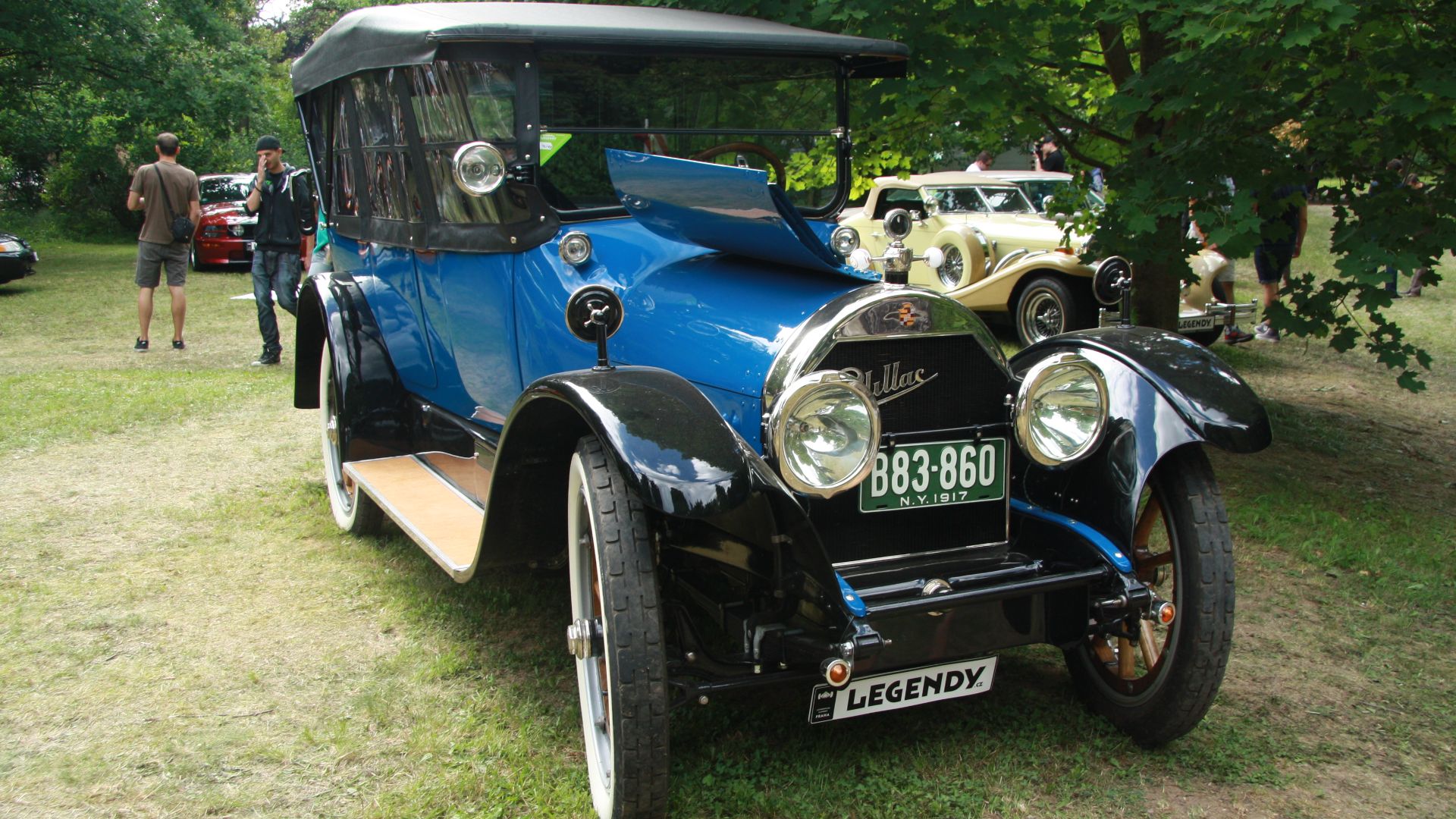 Jiri Sedlacek, Wikimedia Commons
Jiri Sedlacek, Wikimedia Commons
Jensen Interceptor
Although not one of the most recognizable British sports cars ever, the Jensen Interceptor was one of the greats of the 1960s in the UK. Now defunct, the manufacturer unveiled the Interceptor in 1966, powered by a 6.3L V8 engine that produced 335 hp and had a top speed of 133 mph. It wasn't just the speed, the look of the Interceptor was classic Americana.
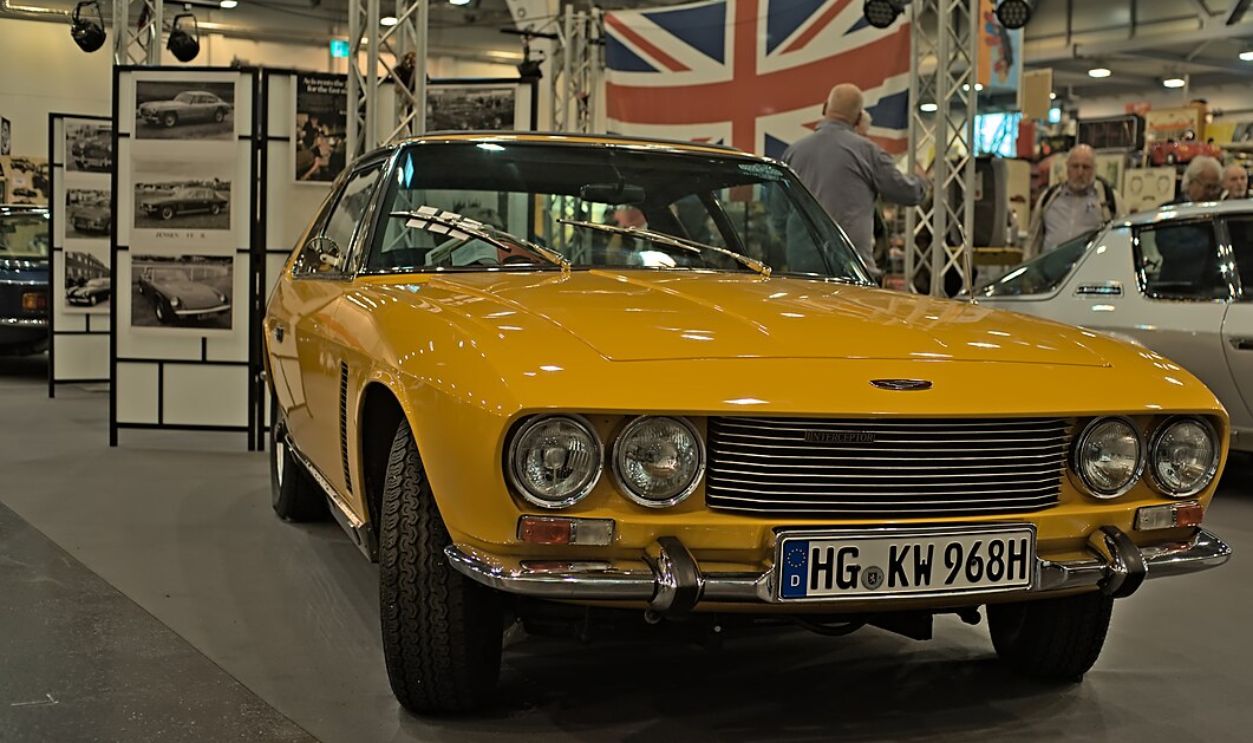 Thomas Vogt, CC BY 2.0, Wikimedia Commons
Thomas Vogt, CC BY 2.0, Wikimedia Commons
Jensen Interceptor (Cont'd)
Classic Americana, but designed in Italy by Carrozzeria Touring, the Interceptor came with an all-steel body shell, a long hood, and dual headlights out the front. You might be forgiven for thinking it was a short-trunked 1965 Ford Mustang.
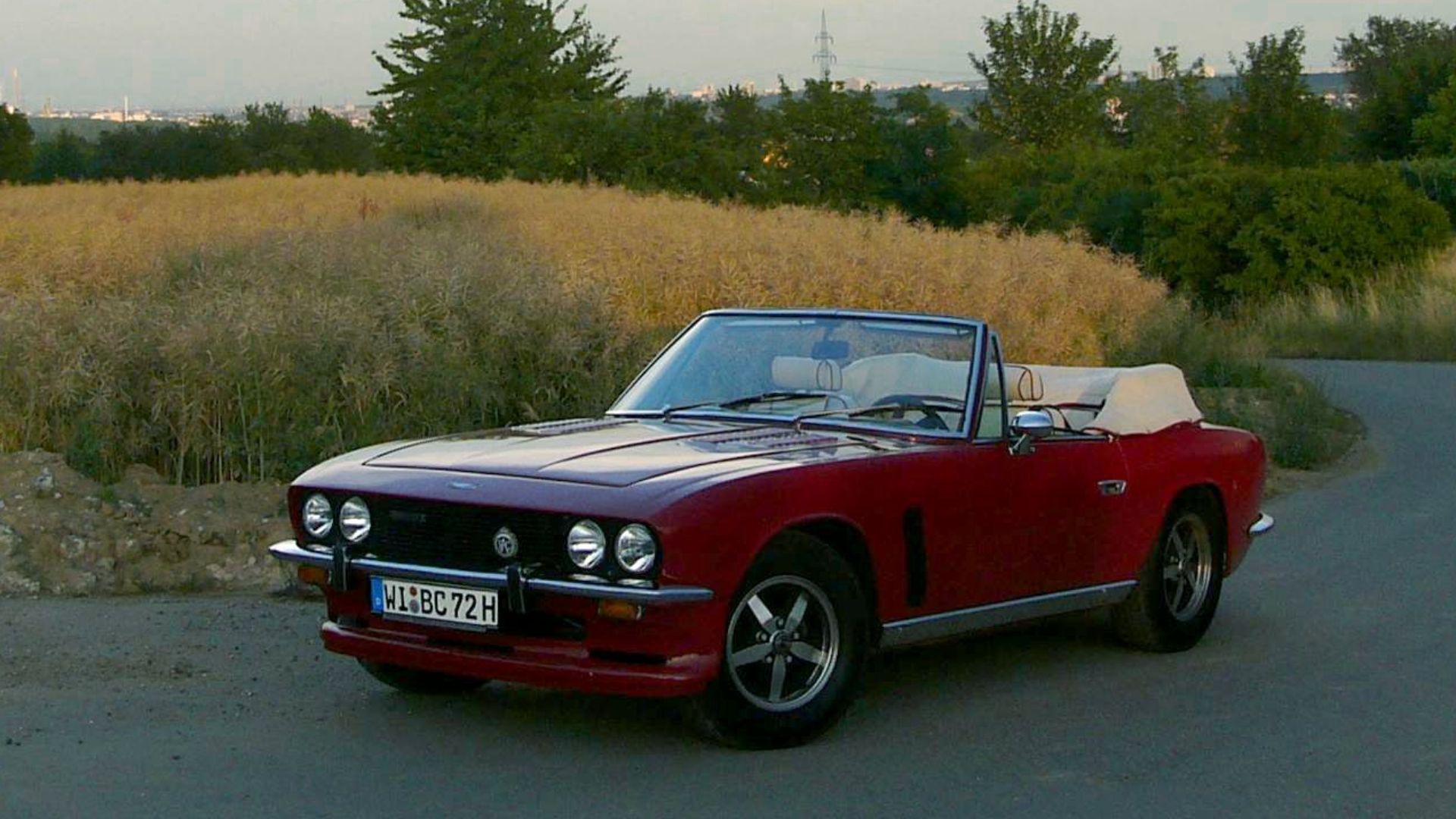 Sebastian Claus, Wiesbaden, Germany, Wikimedia Commons
Sebastian Claus, Wiesbaden, Germany, Wikimedia Commons
Sunbeam Tiger
The Sunbeam Tiger was the high-performance version of the Sunbeam Alpine, produced by British manufacturer Rootes Group. It was produced between 1964 and 1967 and featured a 4.3L V8 in the Mk I, with a larger 4.7L V8 appearing in the Mk II. The Sunbeam Tiger's V8 program was born in 1962, when British racing champion Jack Brabham proposed placing a Ford V8 engine in the existing Sunbeam Alpine. There was only one man for the job.
Sunbeam Tiger (Cont'd)
Enter, Carroll Shelby. The iconic mastermind behind Ford's Le Mans wins in the later 1960s would first help Sunbeam work out how to put Ford's V8 power inside such a tiny sports car. According to Shelby, it was a very tight fit, not an inch to spare. The car was quick, though—0 to 60 in 8.6 seconds and a top speed of 120 mph. The Tiger was a legendary little sports car that could, with a little help from the gigantic V8.
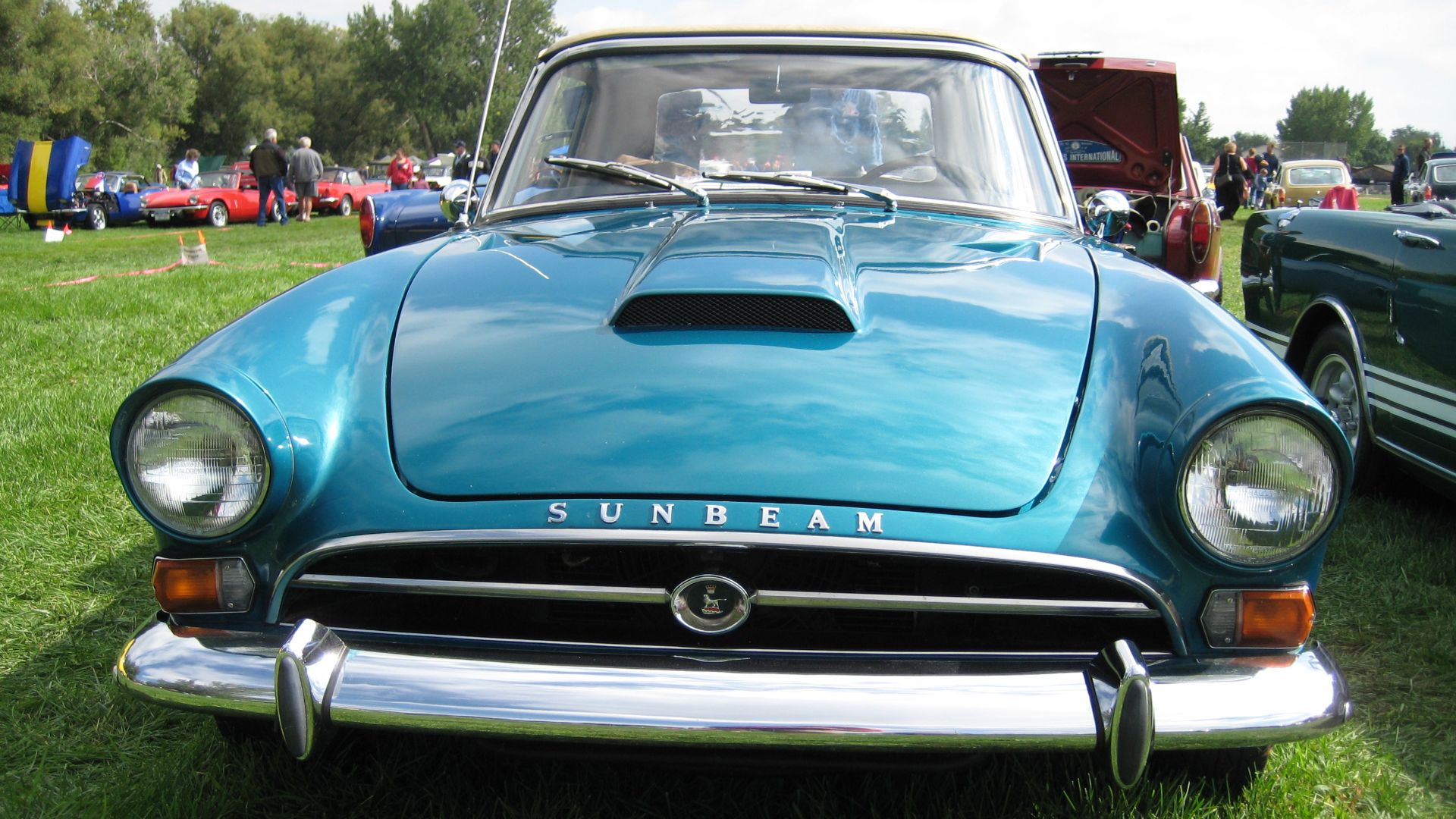 JOHN LLOYD from Concrete, Washington, United States, Wikimedia Commons
JOHN LLOYD from Concrete, Washington, United States, Wikimedia Commons
Bristol 411
Bristol Motors was one of the premiere luxury car manufacturers in the UK, founded in 1945 in Bristol, England, they made a name for themselves as hand-crafters of beautiful luxury vehicles. While competing with the likes of Aston Martin and Rolls-Royce, they knew they needed something to give them the edge. Enter, the 411.
Bristol 411 (Cont'd)
The Bristol 411 was powered by a 6.3L V8 engine that produced 265 hp and had a top speed of 143 mph, 30% more powerful than its predecessor, the 410. The 411 had to have a slip differential installed to cope with the extra power without damaging the engine. It was an absolute rocket and was reimagined in 2010, with a car known as the Series 6. Though it was a modernized version of the 411, nothing could compete with the OG.
Gordon-Keeble GT
The Gordon-Keeble GT was a short-lived V8 designed by John Gordon of Peerless cars and Jim Keeble, who decided to make the Gordon GT by fitting a Chevy 6.6L V8 into a Peerless car chassis. The concept was a success and the Gordon-Keeble GT was born. Unfortunately for the Gordon-Keeble GT, it wouldn't last.
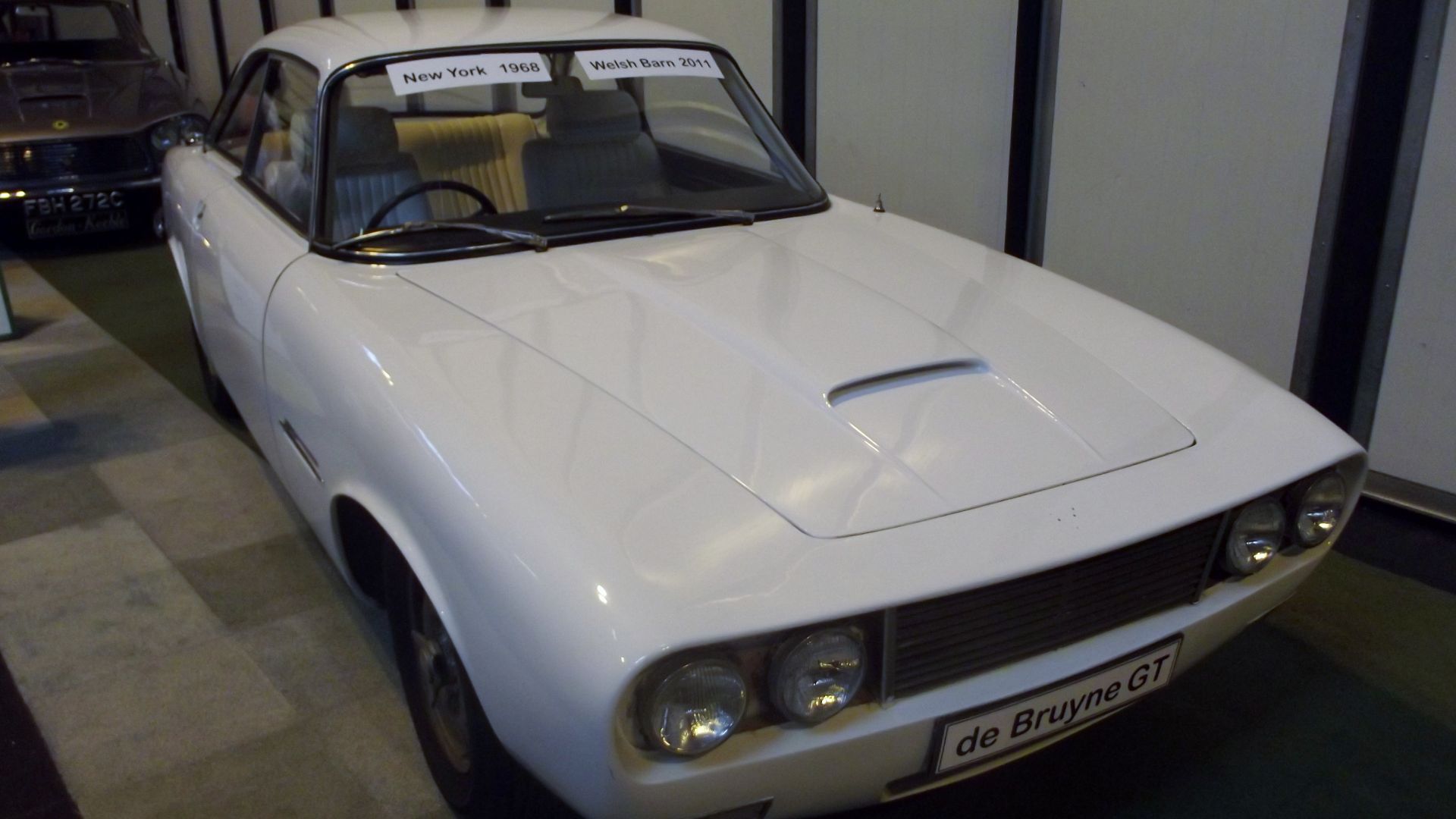 Thomas's Pics, Wikimedia Commons
Thomas's Pics, Wikimedia Commons
Gordon-Keeble GT (Cont'd)
Only 90 examples of the 300 hp V8 were built before the company ran out of money, and Gordon-Keeble Automobile Company went into liquidation. They'd only sold those 90 cars, for a lower-than-market price of about $2,500, half the price of a new Ferrari back in 1967.
AC 428 Frua
Another great grand touring car of the 1960s and early 1970s was the AC Cobra-bodied AC 428 Frua. The GT features an AC Cobra Mk III chassis that was extended by six inches, and fitted with a 7.0L Ford V8. Unfortunately, the Frua never really got off the ground.
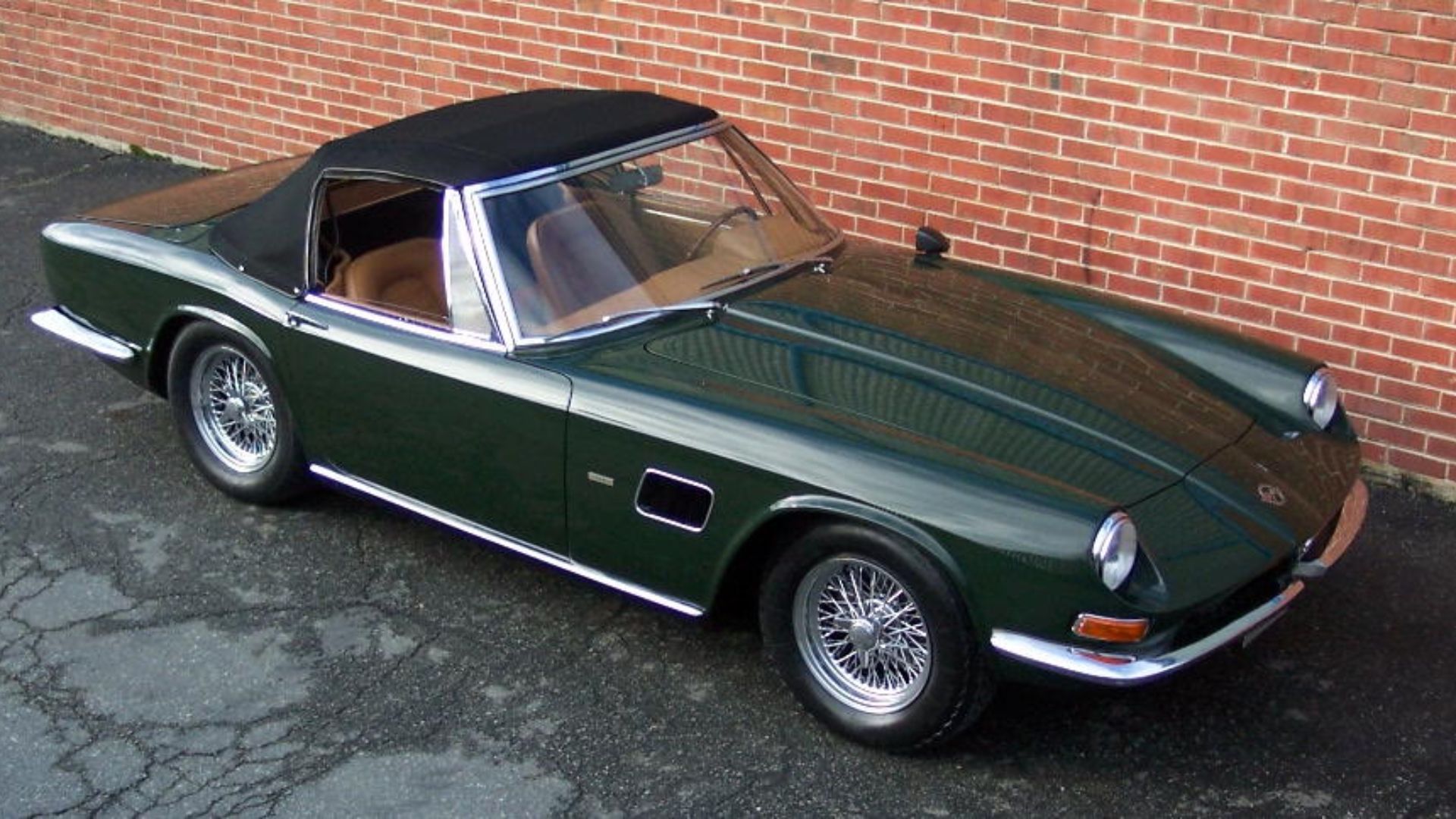 EmmanuelD at English Wikipedia, Wikimedia Commons
EmmanuelD at English Wikipedia, Wikimedia Commons
AC 428 Frua (Cont'd)
Because its body was crafted in Italy, the AC 428 had to be shipped from England to Italy and then shipped back before its trim and powertrain could be added. This significantly increased the cost of the car's production. It was never fully developed as a production car, with a little-known drawback that the V8's power and the heat it generated would often be fed back into the cabin, making the car hotter than normal.
Jensen C-V8
The second Jensen car on our list was produced between 1962 and 1966, as a four-seater grand tourer. Powered by a 5.9L Chevrolet Golden Commando V8 engine, the C-V8 screamed out 330 hp and quickly became a favorite among British sports car lovers who wanted the American power mixed with British finesse.
Jensen C-V8 (Cont'd)
At the time, the Jensen C-V8 was one of the fastest production four-seater cars of its era, with a stunning top speed of 136 mph and racing from 0 to 60 in 6.7 seconds—that's on par with the Lamborghini Miura. Sean Connery even owned one!
Trident Clipper
The Trident Clipper was born out of the failure of TVR, an early electric car company from the 1960s. The Trident Clipper was released in 1976 and produced until 1978. It was built on a TVR chassis, much to the chagrin of TVR's former owners, who blocked the chassis from being used on the Clipper.
Trident Clipper (Cont'd)
But that didn't stop Trident Motors from using an Austin Healey 2000 chassis with a Ford 4.7L V8 engine. The Clipper was another car that unfortunately didn't really sell well in the UK, nor could it break into the US market, as fewer than 40 examples were made and sold. Production shuttered in 1978.
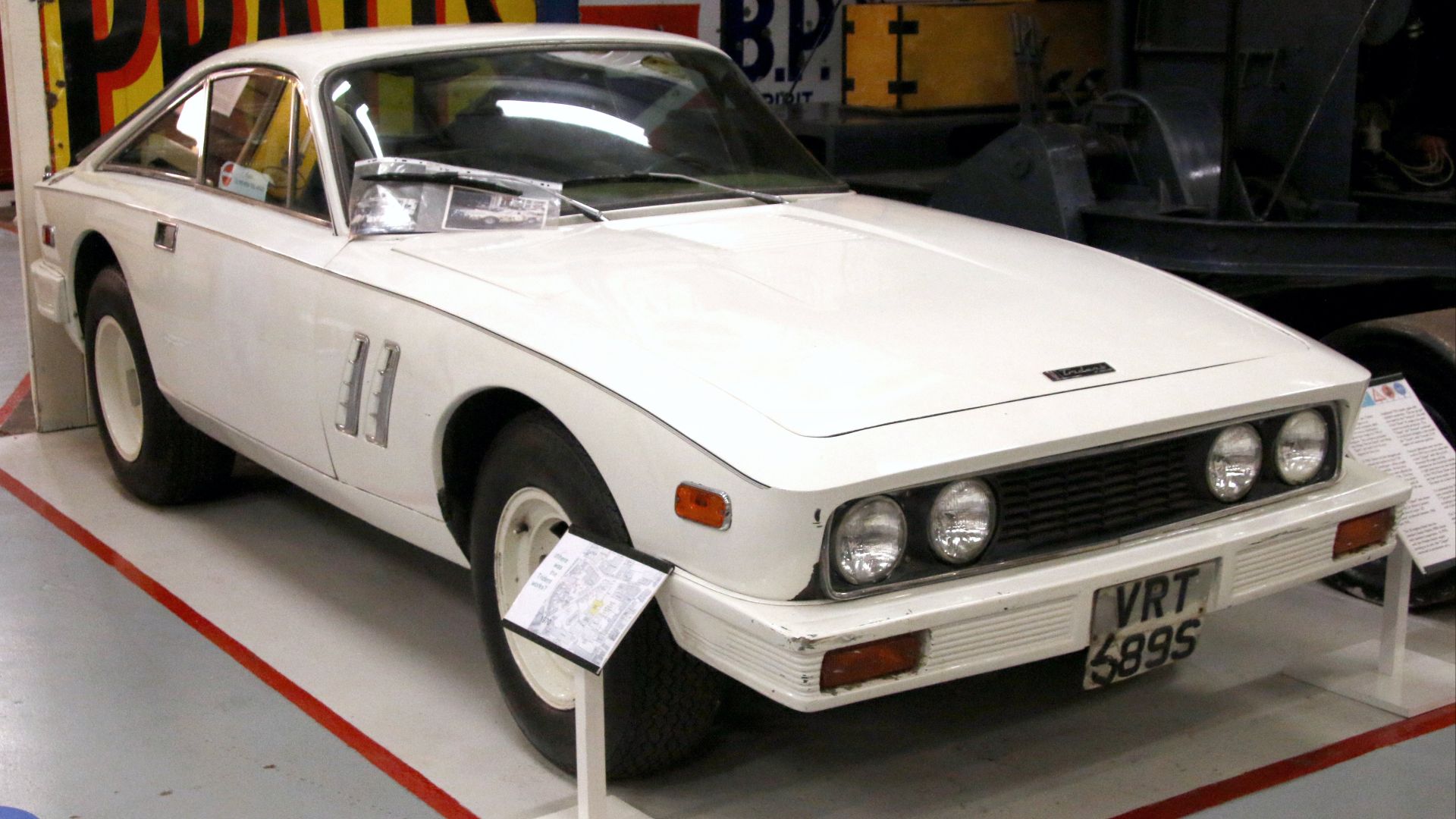 kitmasterbloke, Wikimedia Commons
kitmasterbloke, Wikimedia Commons
Allard J2
The Allard Motor Company was a London-based motor company, and one of the earliest designers to think of putting a V8 motor in a small British car. The J2 was their baby, but they would often ship them to the US without an engine, so that buyers could put their own engine in. In the UK, the J2 was fitted with a 3.6L V8 from the Ford Pilot, delivering a whopping 110 hp.
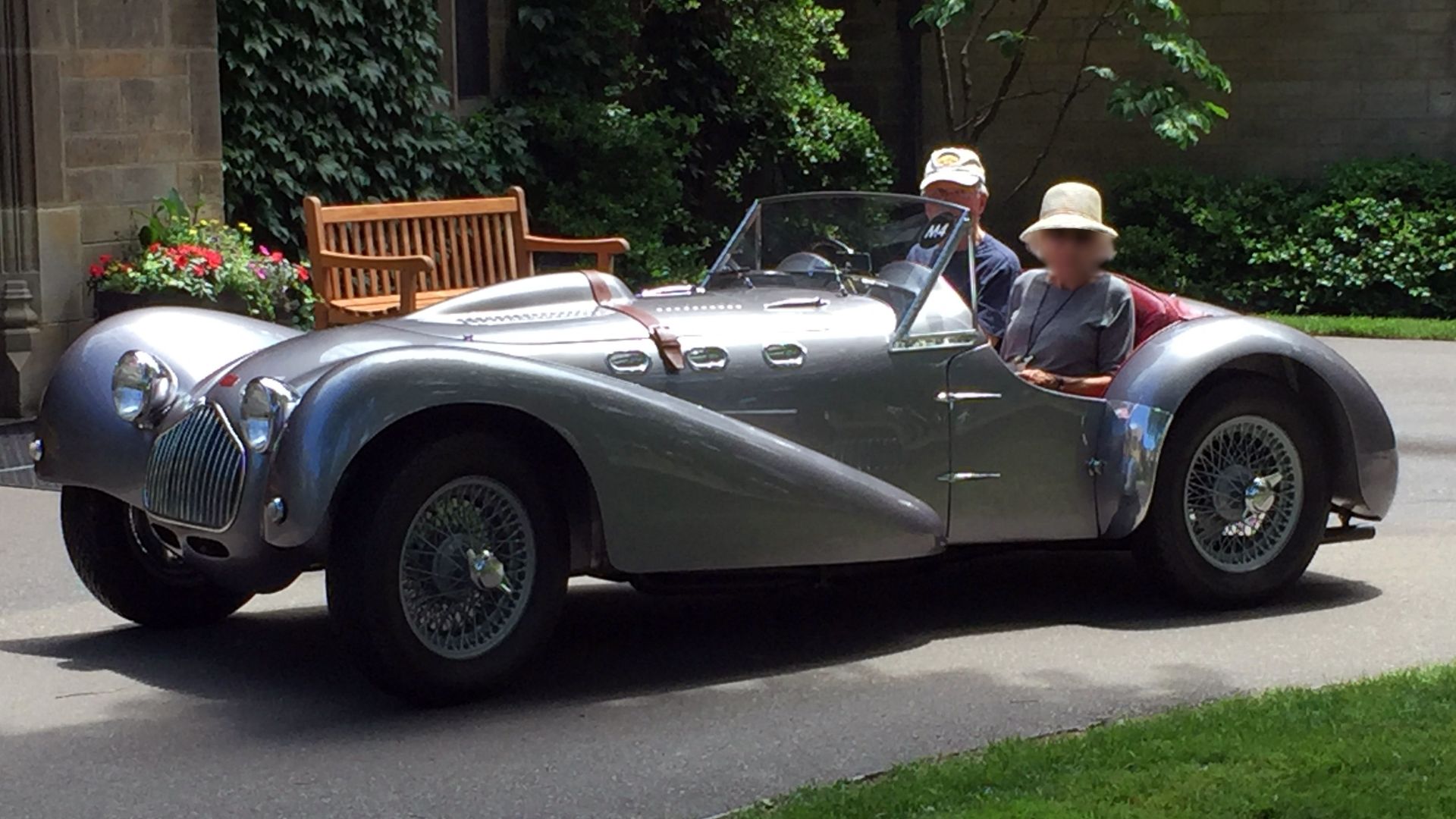 JOHN LLOYD from Concrete, Washington, United States, Wikimedia Commons
JOHN LLOYD from Concrete, Washington, United States, Wikimedia Commons
Allard J2 (Cont'd)
The Allard J2 was revamped in 1952 as the Allard J2X, with slightly more legroom in the front and a longer nose. The J2X came with a larger fuel tank alongside a 170 hp engine. It could go from 0 to 60 in 10 seconds, with a top speed of 111 mph.
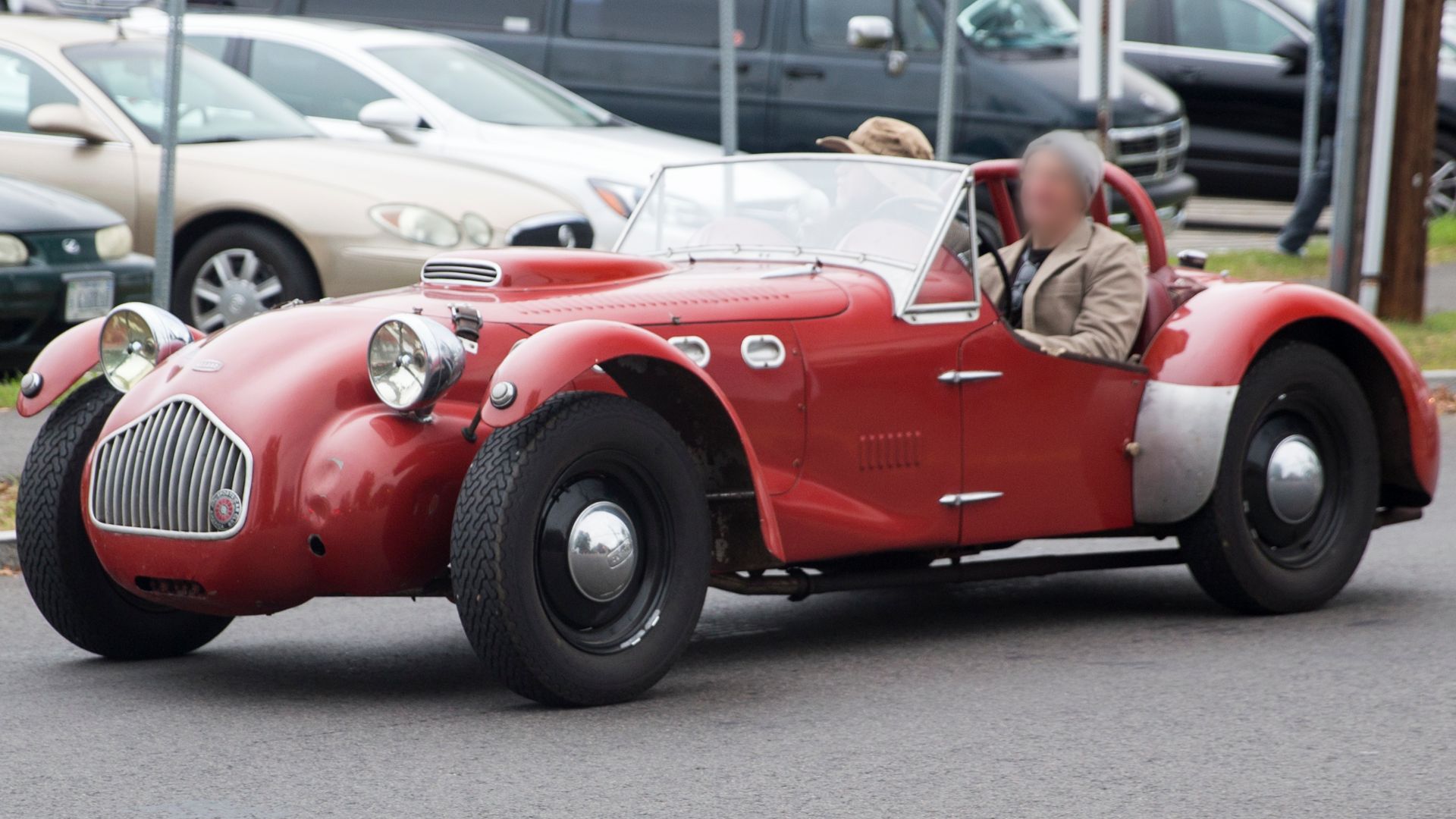 Mr.choppers, Wikimedia Commons
Mr.choppers, Wikimedia Commons
Bristol 412
Another Bristol Cars gem of the 1970s was the Bristol 412, a Targa-type convertible with a removable roof that could be placed into a luggage compartment. At the front, the Bristol 412 was fitted with a large 6.6L V8 Chrysler engine that produced 264 hp. It wasn't quite as Mustang-like as the 411, and was unfortunately much uglier.
Bristol 412 (Cont'd)
Interestingly, the Bristol 412 was produced between 1975 and 1994, with the second generation 412 introducing a new Chrysler "LA" petrol engine. No figures were available as to how many Bristol 412s were produced, but they weren't as popular as their predecessor.
MG XPower SV
The MG XPower SV was produced between 2003 and 2005 by the (unfortunately) failed MG Rover manufacturer. MG Rover designed and built the XPowe SV with a goal of making the retail price for the car fall under $120,000. They outfitted the XPower SV with carbon fiber body panels, before recycling parts like door handles and headlights from Fiat Puntos and the MG TF. The engine was the most expensive and important part of the whole project.
MG XPower SV (Cont'd)
Powered by a Ford Modular 4.6L V8, the XPower SV produced 320 hp and could hit a top speed of 165 mph, thanks to its carbon fiber body. It could hit 60 mph in 5.3 seconds. Two more variants of the XPower SV were released before William Riley, the owner of Riley Cars (which owned MG), was arrested for employment law violations for not paying his employees.
 andrewbasterfield, Wikimedia Commons
andrewbasterfield, Wikimedia Commons
You May Also Like:
These Rad 1950s Cars Were Some Of America's Best
Iconic Cars Millennials Just Don't Understand

